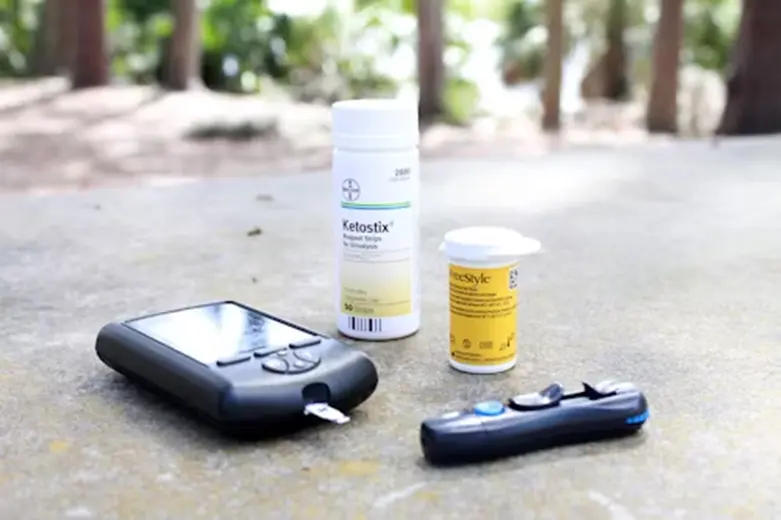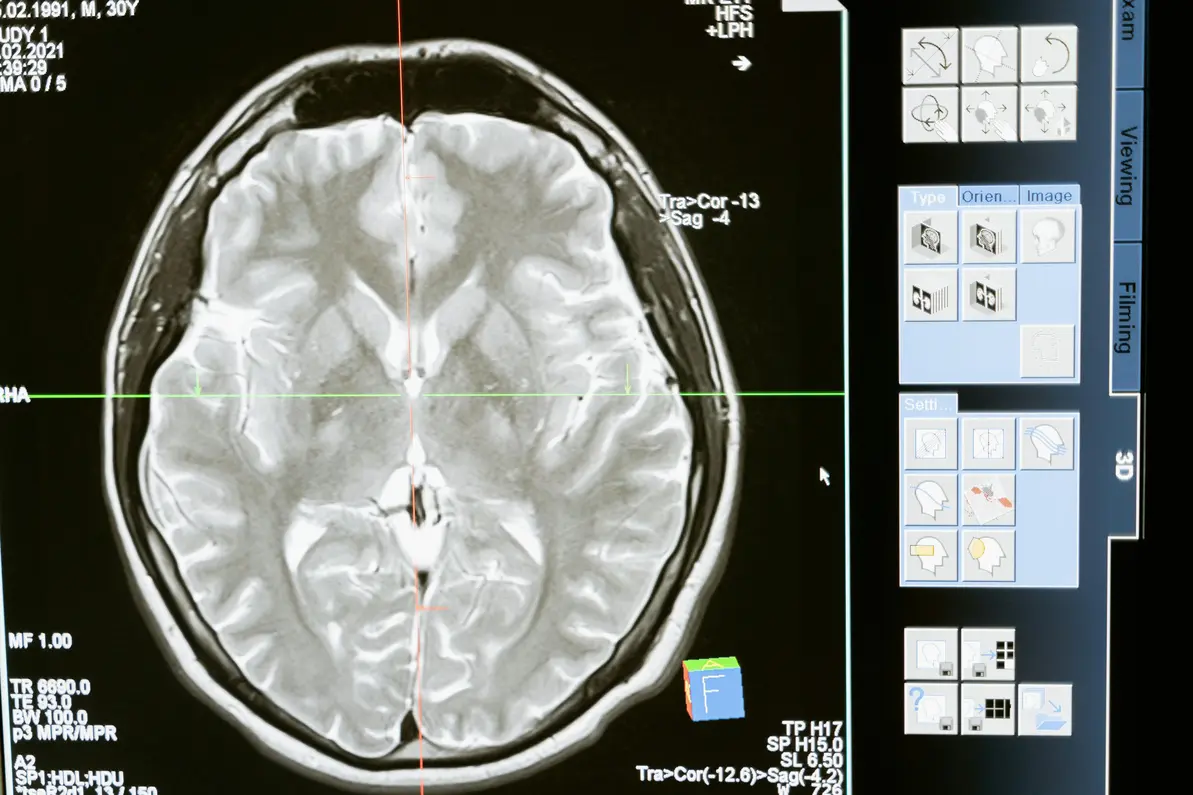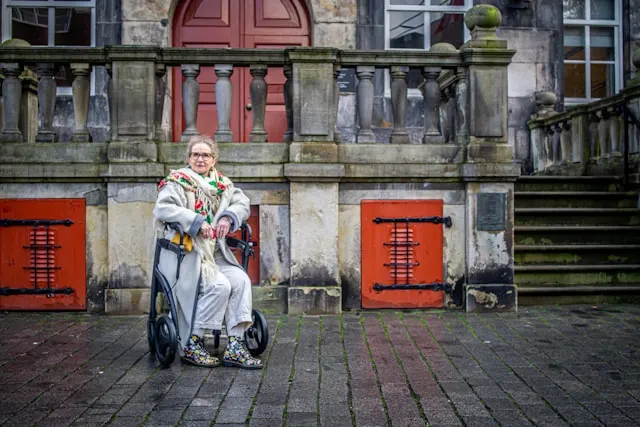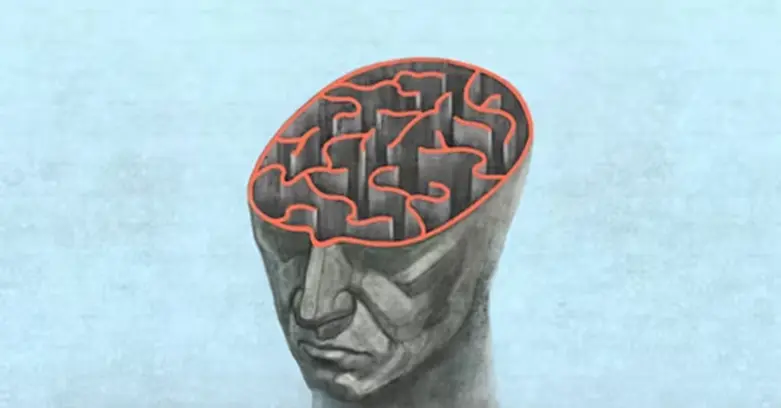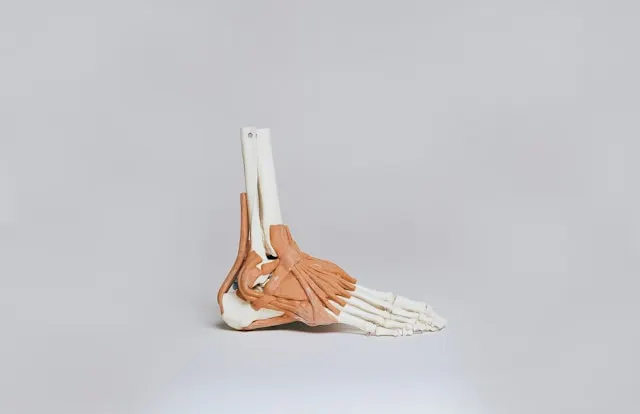The importance of achieving a state of ketosis was discussed in a previous blog post. The first step in tracking is to reach a fasting blood sugar goal of 70 – 90 mg/dl and sustain this for several weeks. If you are insulin resistant, consider supplemental ketones as discussed in the previous blog. If you are supplementing, you may want to start measuring ketone levels even though you haven’t yet reached your blood glucose goal.
Ketones can be assessed either through finger prick Beta hydroxy Butyrate (BHB) measurement or via breath acetone measurement. If you are averse to finger pricks you may want to explore the single-user BioSense breathalyzer test, however it is expensive and may not be as accurate as the finger stick method. The breathalyzer machine also must be calibrated twice a year. The goal with this method is to achieve an acetone (ACE) level of 8 – 10 (or more), which is roughly equivalent to a BHB level of 1.0mM. ACE levels are tracked via downloading an app and pairing it with your device.
The focus of this article is on the finger stick method. There are two options for BHB monitoring via fingerstick. You may purchase a dual glucose/ketone meter if you are also monitoring glucose. Bredeson recommends two brands: the Precision Xtra ($27.50) and Keto-Mojo systems ($44.99 with 10 glucose strips and 10 ketone strips). Precision Xtra may provide slightly more precise BHB measurements.

People who are not insulin resistant and do not need to monitor blood sugar may prefer to purchase a single purpose ketone monitor. Whichever model you choose, always follow the manufacturer’s directions. The manufacturer may provide instructional videos detailing how to use the devices. Lancets should be disposed of in a sharps bucket.
Track your progress with a Keto Log. Document the date, BHB level, and make a comment noting your mood, energy, and cognition. Note how various BHB levels affect these factors.
The goal in improving cognition varies individually. People who are working on prevention should achieve a BHB level of at least 1.0 to 1.5 mM at least once a day. Higher levels are usually needed for those with cognitive symptoms. Writing your results and pairing them with symptoms will help you decide what BHB level is best for you. For some people the goal will be 2.0, other will feel their best with a BHB level closer to 4.0mM.
It is helpful to test BHB levels after an overnight fast and before breakfast and supplements. Any value above 0.5mM is an acceptable range for creating ketones. For some people the BHB level is highest right before bedtime. Some comment that they achieve their best result in the late afternoon. Some people find it helpful to test three times a day, others find this demanding and they may test once a day. Eventually, you should be able to recognize the difference in your body due to a ketotic state versus a state of glucose swings. At this point it is no longer necessary to test regularly, but it is advised to check BHB levels periodically. If you are feeling hungrier than usual or feel a dip in energy and cognition, you have shifted out of ketosis. Verify this with a BHB check. Also consider if you need to make adjustments to correct inadequate sleep or stress.
If you are not achieving your goal examine if you have fasted sufficiently (12 to 16 hours), or if your diet is sufficiently low carbohydrate and high fat. If your BHB level falls significantly after eating, this is usually a sign that you are eating too much carbohydrates or protein and not enough fat. Keep in mind that exercise transiently drops BHB but ultimately increases levels after recovery. Supplements do contain a few calories and may affect BHB levels but this is temporary and levels rebound shortly.
After several months of being in ketosis, you may notice a drop in fasting ketone levels but ketones rebound later in the day. This is due to keeping insulin levels low. This is of no concern if your post meal glucose levels and A1c are within range.
The long range goal is to create metabolic flexibility, in other words, the ability to burn either glucose or fat. Consider cycling in and out of ketosis by increasing healthy carbohydrates. If you are feeling a decline in cognition, cycle back into ketosis. There is no need to stay in ketosis all day as long as a BHB level of 1.0 to 1.5 mM is achieved at least once a day.

